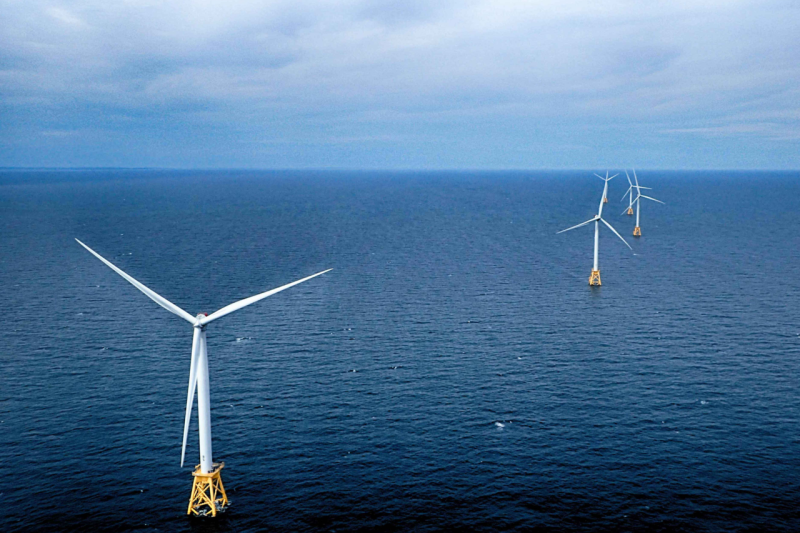Factors to Consider
In a busy ocean, finding the right spot for offshore wind farms isn’t easy. There are a lot of factors to consider besides the windiest spots.
- What marine life is in the proposed areas?
- Is the area a productive scallop ground or other important fishing spot?
- Do endangered whales or sea turtles rely on this area for food or migration?
- Will fishermen and other vessel traffic be able to navigate safely?
Currently, there are more than 16 offshore wind energy areas in various stages of planning and development from Maine through North Carolina. These projects may install more than 2,100 turbines from 2021–2029.
New Online Tools
To help better understand the impacts offshore wind development will have on Atlantic coast fisheries, we developed some new tools and analyses.
Some of the information you can find for the currently proposed offshore wind energy areas includes:
- Amount of individual species landed
- Landings revenue
- Gear types used
- Number of vessels fishing
- Number of fishing trips
- Communities affected
To gather this information, we combined vessel logbooks, dealer reports, and observer data to come up with fishing footprints. We then compared them to the proposed offshore wind energy project areas.
The Bureau of Ocean Energy Management is the federal agency responsible for reviewing and permitting offshore energy projects. It has used this information in its analysis of the Vineyard Wind Project.
Anyone can download the data and generate summary reports using our query tool.
We will further develop these tools based on public input and ongoing efforts to integrate other data sources.Both the summary reports and underlying data will be continuously updated as we obtain this additional information. We are currently working on integrating party/charter vessel logbook data and data from vessels that fish for highly migratory species and for species managed in the South Atlantic. Learn more about the work we’re doing to monitor and analyze the potential fishery impacts from offshore wind development.
Questions?
Fisheries Data: Benjamin Galuardi, Regional Office, (978) 281-9187
Offshore Wind and Fisheries: Doug Christel, Regional Office, (978) 281-9141



